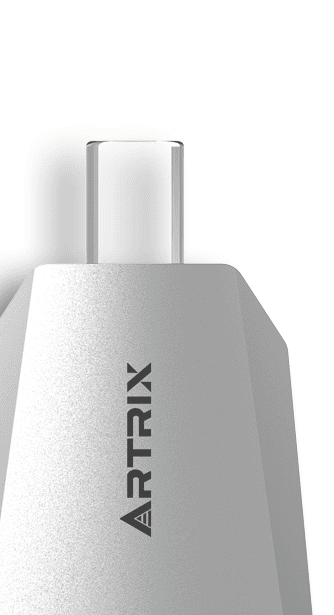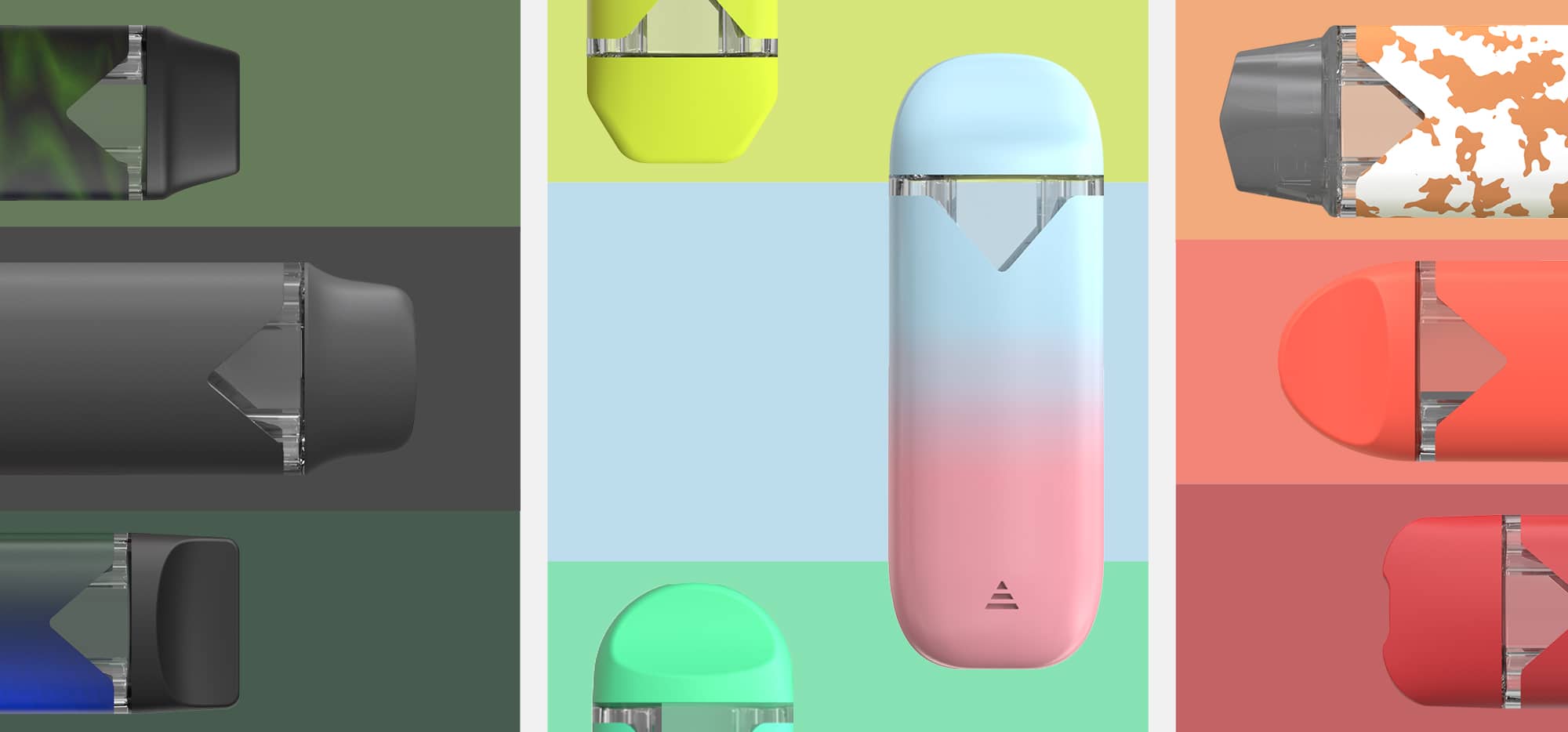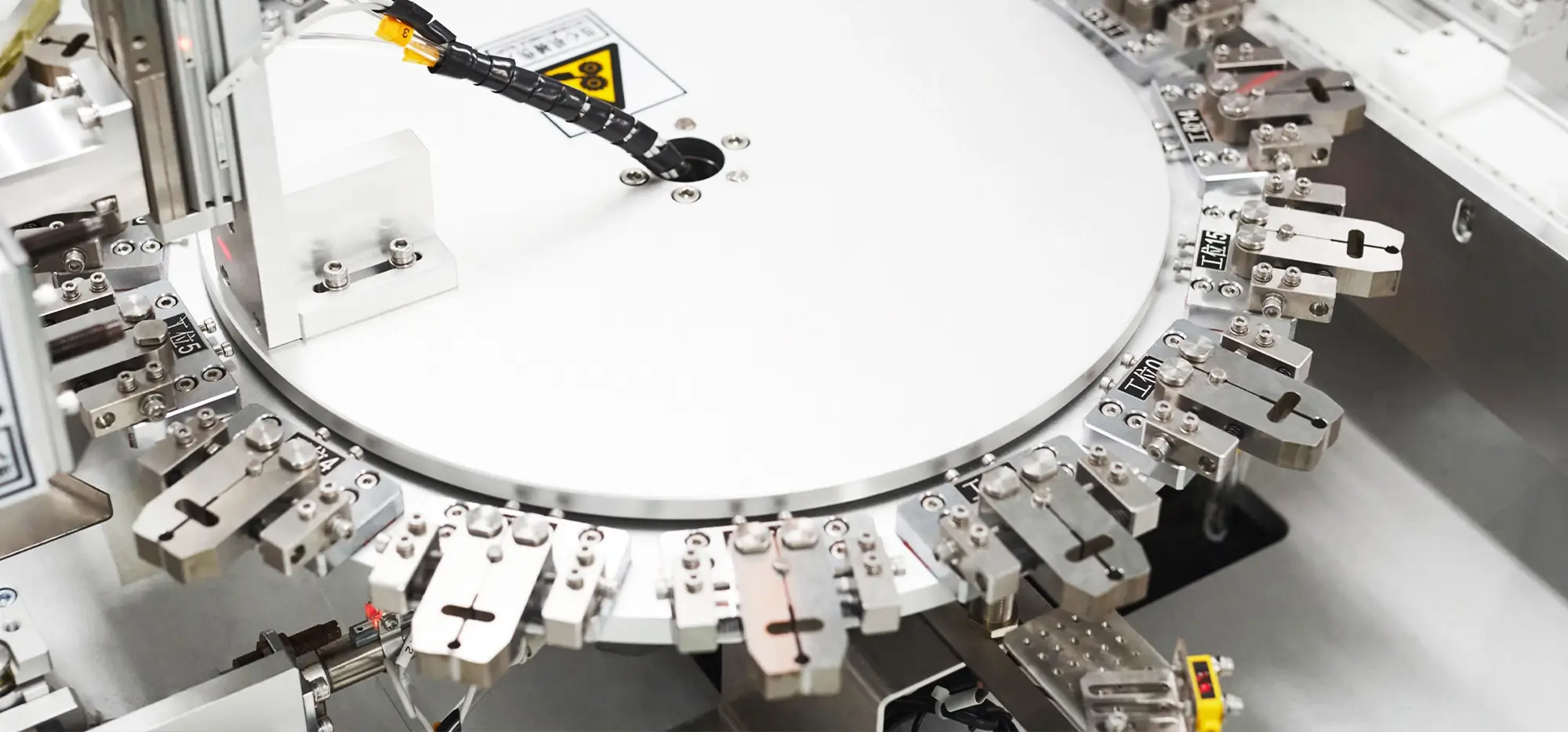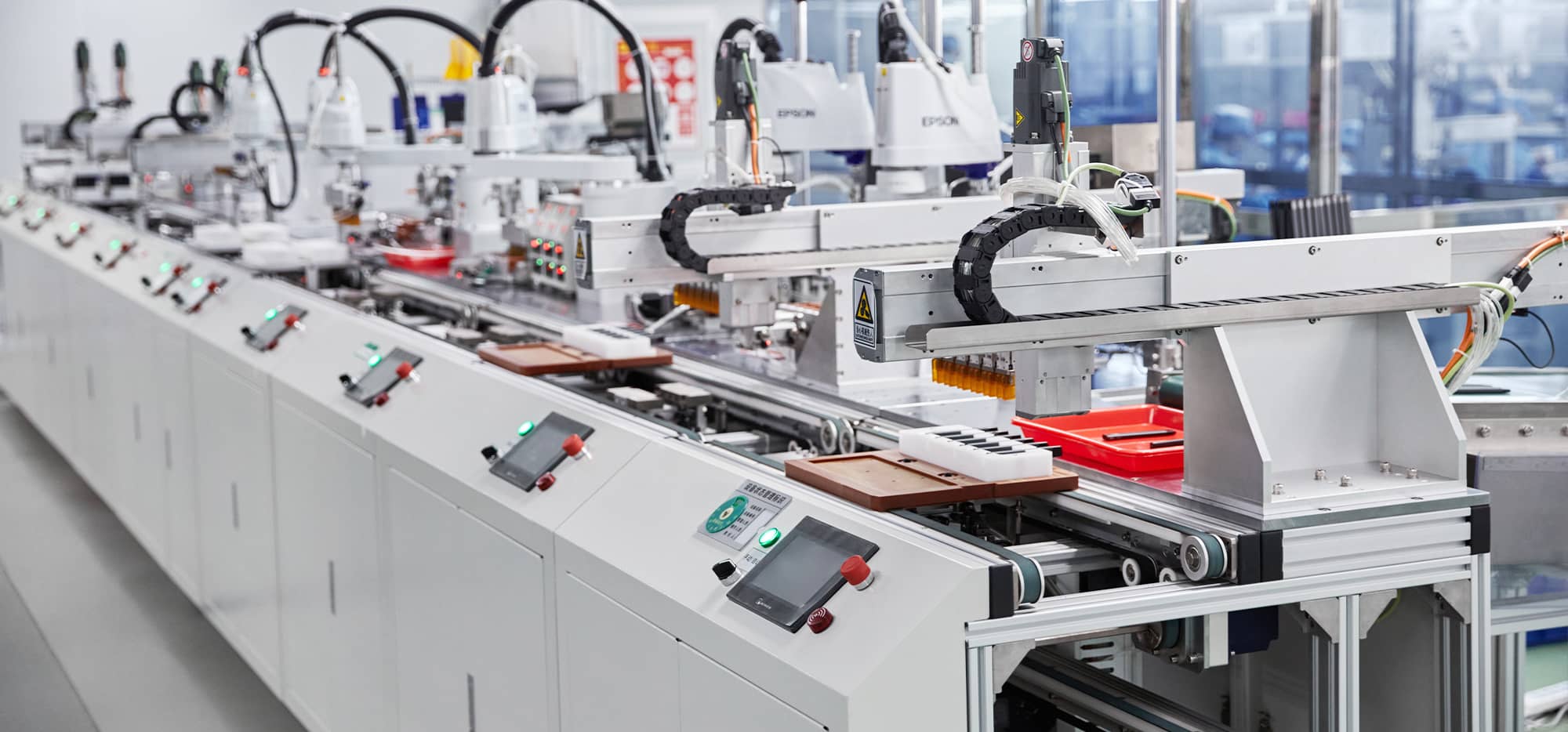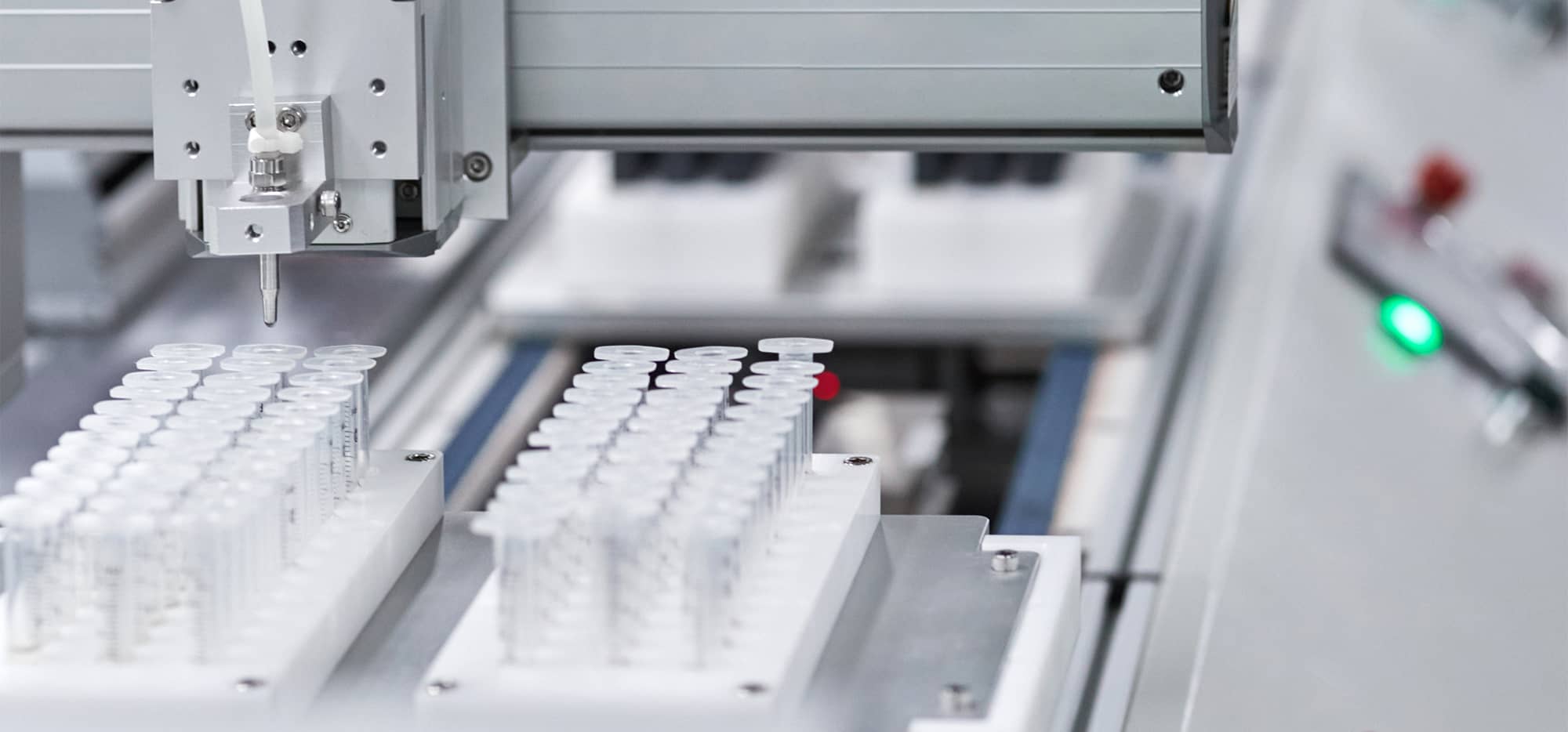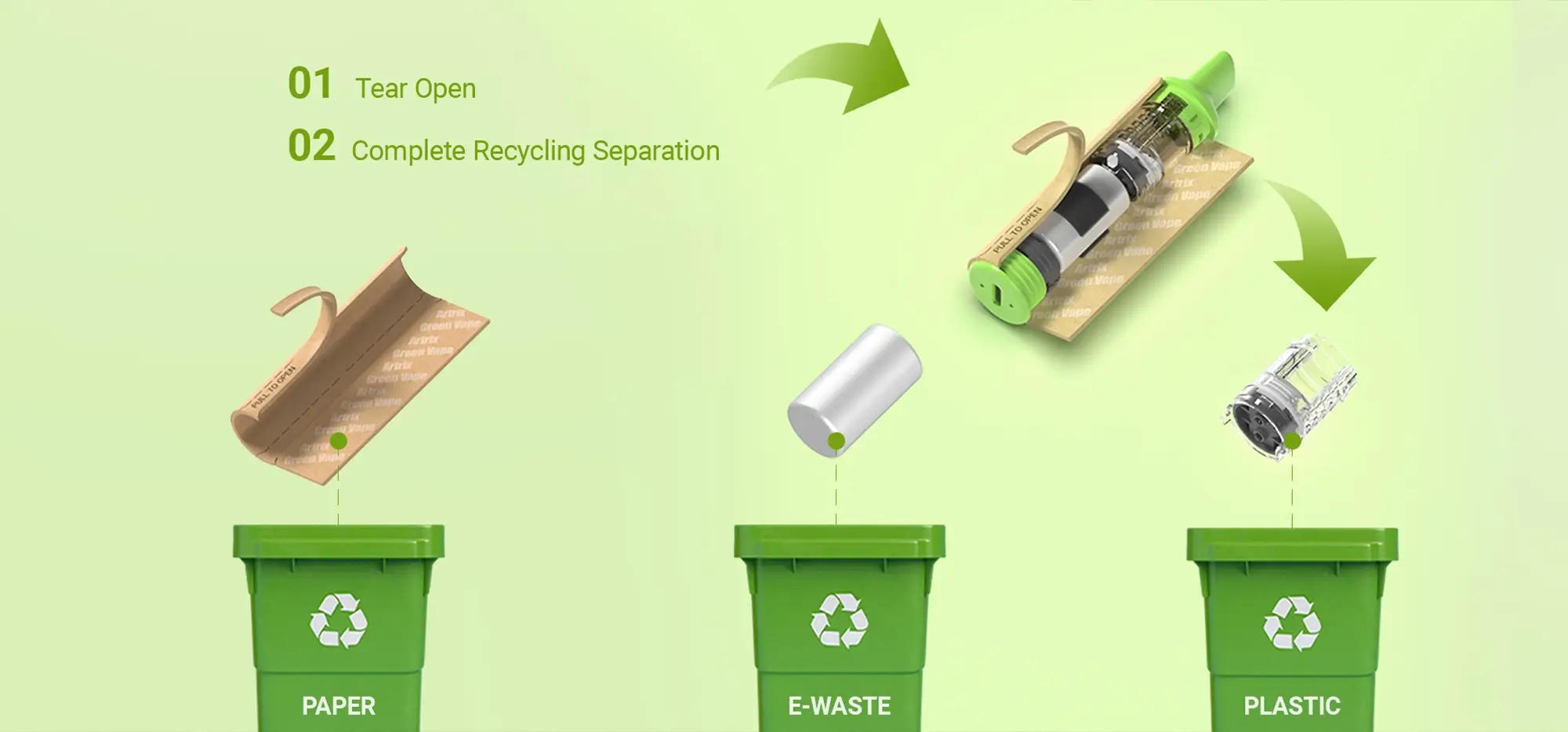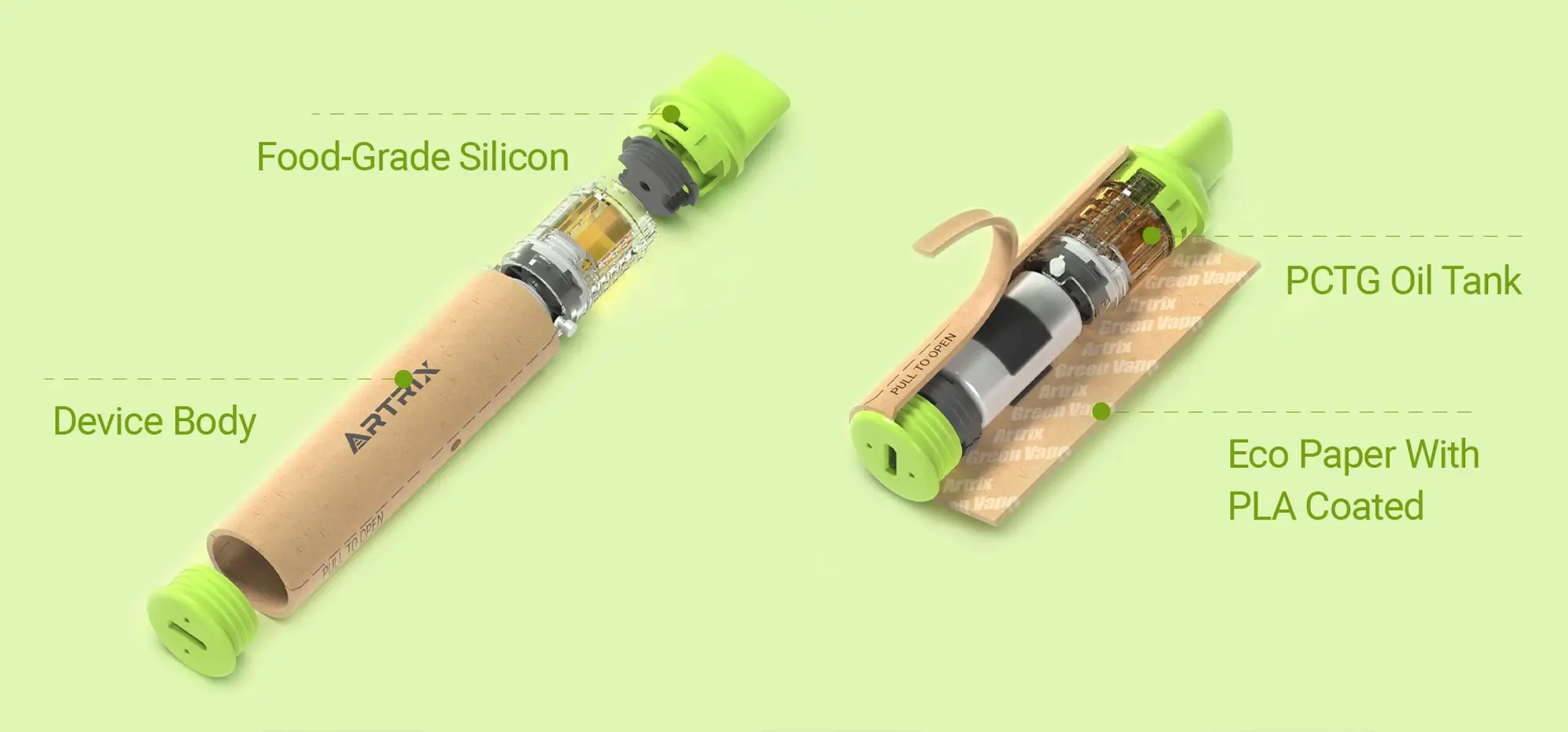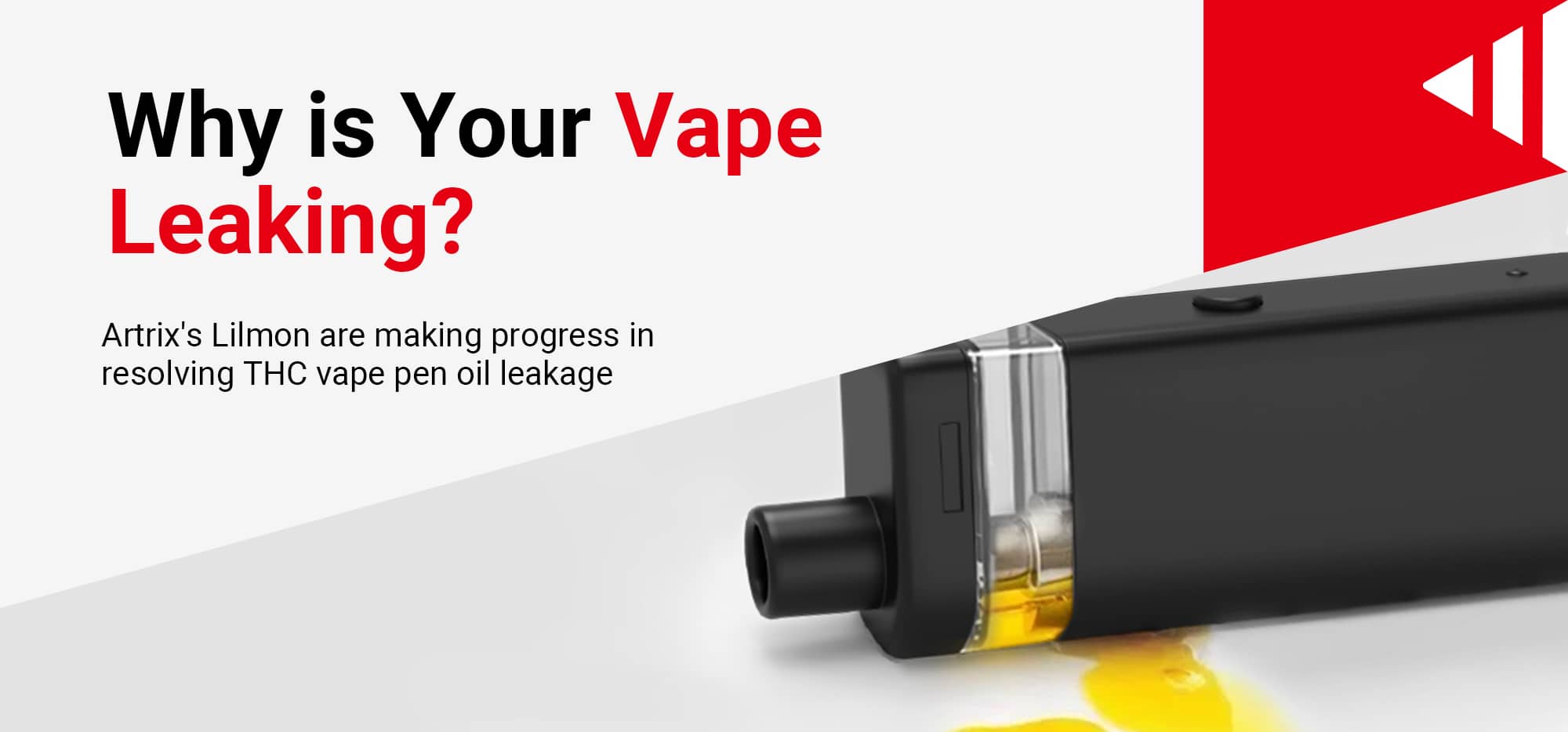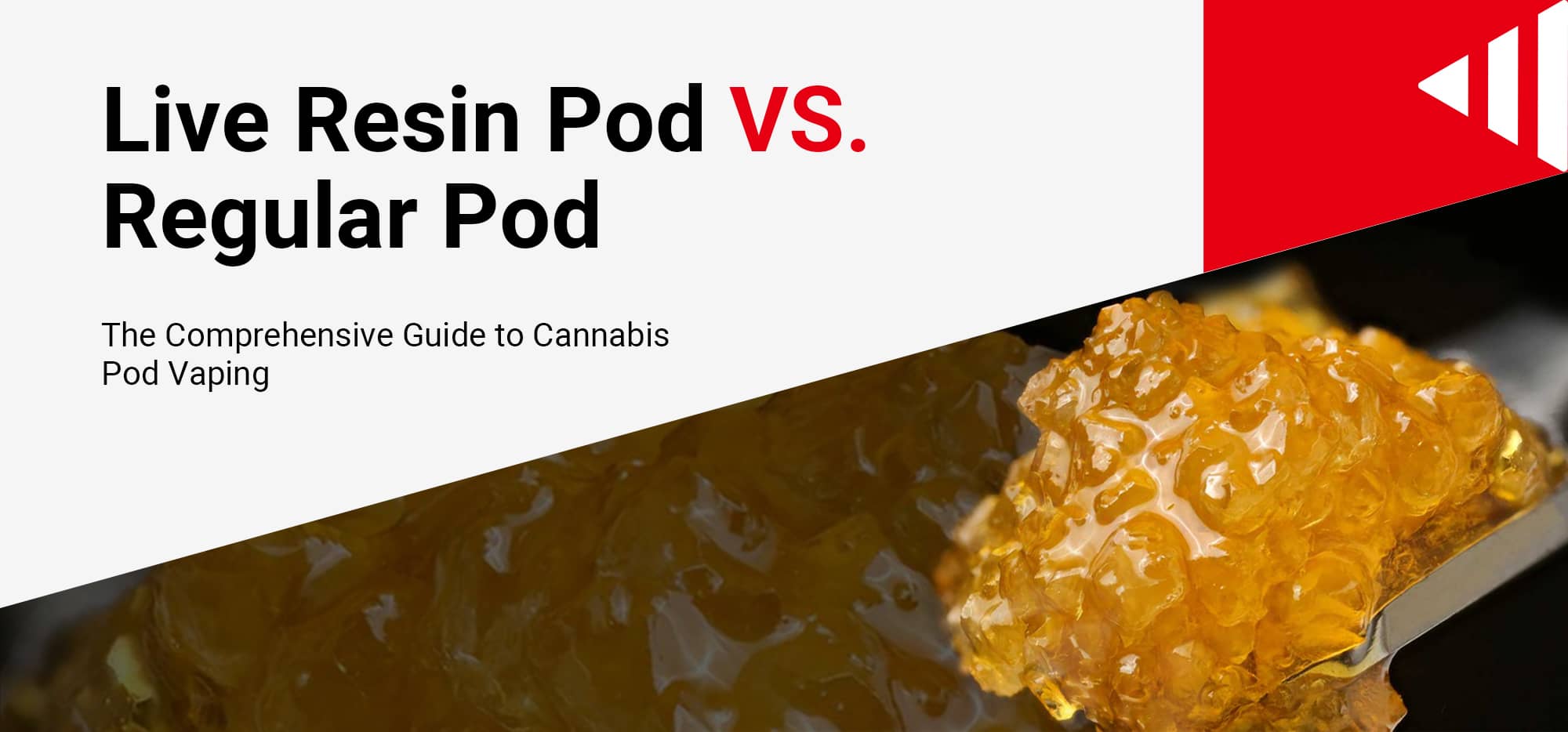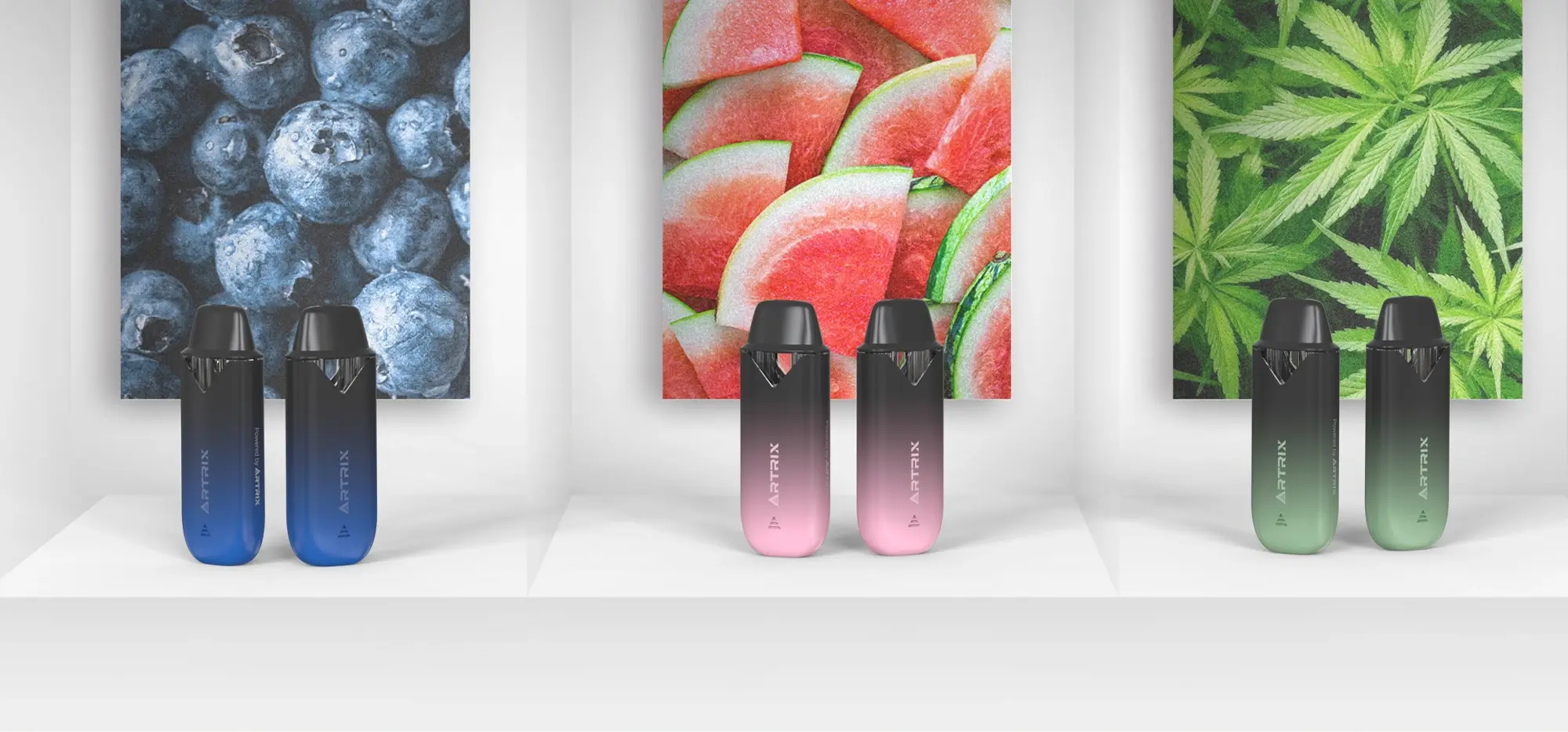The Health Benefits and Risks of Live Resin
Quick Overview
Live resin delivers a more “complete” and balanced cannabis experience compared to other concentrates, offering a smooth onset that builds gradually over 5-10 minutes with effects that feel more similar to premium flower but with significantly higher intensity. The high typically provides a well-rounded combination of both mental and physical effects that can last 2-4 hours, with users often experiencing enhanced mood complexity, creativity, and therapeutic benefits due to the preservation of the plant’s original terpene and cannabinoid profile.
Introduction
The allure of live resin draws in both recreational and medicinal users. Known for its potency and rich flavor, live resin stands out in the cannabis community. This article explores the benefits of live resin, its potential health risks, and safety considerations.

Live Resin Effects: What to Expect
How Live Resin Feels Compared to Other Concentrates
Live resin delivers a distinctly different experience than other cannabis concentrates. Where distillates might feel “one-dimensional” or shatter provides a sharp, intense high, live resin offers what many users describe as a more “rounded” and complete experience.
The high typically comes on smoothly rather than hitting like a freight train. Users often report feeling the effects build gradually over 5-10 minutes when dabbed, creating a more manageable onset compared to some other concentrates. The experience tends to feel more balanced between head and body effects, rather than being heavily weighted toward one or the other.
Many people notice that live resin highs feel more similar to premium flower than to other concentrates, but with significantly more intensity. This is because live resin preserves the plant’s original chemical profile more completely than products that undergo extensive processing.
Intensity and Duration of Effects
Potency Level: Live resin typically ranges from 70-90% THC, making it significantly stronger than flower (15-30% THC) but comparable to other concentrates. However, the presence of other cannabinoids and terpenes can make the effects feel either more or less intense depending on the specific profile.
Duration: Most users experience:
- Onset: 30 seconds to 2 minutes (when dabbed)
- Peak effects: 30-60 minutes after consumption
- Total duration: 2-4 hours, sometimes longer
- Comedown: Generally gradual and smooth
The duration can vary significantly based on your tolerance, the specific strain, consumption method, and amount used. New users often find the effects last longer than expected, so starting small is crucial.
Why the High Feels More “Complete”
Users consistently describe live resin highs as feeling more “complete” or “fuller” than other concentrates. Here’s why:
Emotional Complexity: Rather than just feeling “stoned,” users often experience a wider range of mood effects. You might feel creative, relaxed, focused, and euphoric all at once, rather than being locked into one particular state.
Physical Balance: The high tends to affect both mind and body in a more balanced way. You’re less likely to experience the heavy couch-lock of some concentrates or the racy, anxious feelings that can come from high-THC distillates.
Strain Character Preservation: Live resin maintains much of the original strain’s personality. If you’re using a live resin from a strain known for creativity and focus, you’re more likely to actually experience those effects compared to a distillate made from the same genetics.
Smoother Experience: The presence of terpenes like linalool and myrcene can moderate THC’s more intense effects, leading to a smoother, more manageable high that builds gradually rather than hitting all at once.
What This Means for You:
- – Beginners often find live resin more forgiving than other concentrates
- – Experienced users appreciate the complexity and nuance
- – Medical users may find better symptom relief
- – The high feels more predictable and controllable
Preservation of Beneficial Compounds
One of live resin’s most significant health advantages is its ability to preserve the full spectrum of beneficial compounds found in fresh cannabis. This includes not just cannabinoids and terpenes, but also flavonoids and other phytochemicals that contribute to the plant’s therapeutic properties.
Full Spectrum of Cannabinoids
While THC and CBD get the most attention, cannabis contains over 100 different cannabinoids, many of which have potential therapeutic benefits. Live resin preserves minor cannabinoids like CBG, CBC, and CBN in higher concentrations than many other extraction methods. These compounds have shown promise in preliminary research for various conditions, from neuroprotection to antibacterial effects.
Terpene Therapeutic Properties
Beyond their role in the entourage effect, terpenes have direct therapeutic benefits. Myrcene has sedative and muscle relaxant properties, pinene may help with alertness and memory retention, and limonene has mood-elevating effects. Live resin’s preservation of these compounds in their natural ratios may provide more comprehensive therapeutic effects than products where terpenes are added back artificially.
Flavonoids and Their Health Benefits
Flavonoids are often overlooked but important compounds in cannabis that have antioxidant, anti-inflammatory, and neuroprotective properties. Cannflavin A and B, unique to cannabis, have been shown to have anti-inflammatory effects 30 times more potent than aspirin. Live resin’s gentle extraction process helps preserve these delicate compounds that are often lost in other processing methods.
Health Benefits of Live Resin
Live resin is rich in terpenes and cannabinoids, which contribute to its enhanced therapeutic effects. The extraction process preserves these compounds, making live resin potent and flavorful.
Enhanced Therapeutic Effects
The primary therapeutic benefit of live resin stems from its exceptional preservation of terpenes—aromatic compounds that enhance the medicinal potential of cannabis through the entourage effect. This enhanced terpene retention creates what researchers call the “entourage effect” – a synergistic interaction between cannabinoids and terpenes that may amplify the overall therapeutic benefits.
The flash-freezing process used in live resin production captures up to 80-90% of the plant’s original terpene profile, compared to just 50-60% in traditionally dried and cured cannabis products. This higher terpene concentration doesn’t just improve flavor; it directly impacts the therapeutic potential. Terpenes like limonene, myrcene, and linalool have their own medicinal properties, including anti-inflammatory, anti-anxiety, and pain-relieving effects.
For medical cannabis users, this enhanced entourage effect often translates to improved symptom relief at lower doses. Patients needing smaller amounts of live resin compared to other concentrates to achieve the same therapeutic benefits, which can reduce the risk of developing tolerance and minimize potential side effects associated with high THC consumption.
Pain Management
The high concentration of cannabinoids combined with preserved terpenes makes live resin especially effective for pain management. The rapid onset of effects when vaporized allows patients to quickly gauge their dose and achieve relief within minutes. Terpenes like beta-caryophyllene, which is preserved in higher quantities in live resin, acts on CB2 receptors and provides additional anti-inflammatory benefits that complement the pain-relieving properties of THC and CBD.
Anxiety and Stress Relief
Live resin products high in specific terpenes like linalool and limonene may offer enhanced anxiolytic effects. The preservation of these compounds, along with cannabinoids like CBD, creates a more balanced effect profile that many users find helpful for managing anxiety without the paranoia sometimes associated with high-THC products. The ability to precisely control dosing with concentrates also helps anxiety-prone users avoid overconsumption.
Sleep Aid
Live resin may benefit those with insomnia or sleep disorders. Its potent cannabinoids can promote relaxation and improve sleep quality. Users report falling asleep faster and enjoying more restful sleep.
Anti-inflammatory Properties
The combination of cannabinoids and terpenes in live resin provides potent anti-inflammatory effects. This makes it potentially beneficial for conditions like arthritis, inflammatory bowel disease, and autoimmune disorders. The preserved terpene alpha-pinene, for example, has been shown to have anti-inflammatory properties that work synergistically with cannabinoids to reduce inflammation at the cellular level.
Appetite Stimulation
For patients dealing with appetite loss due to chemotherapy, HIV/AIDS, or other medical conditions, live resin can be particularly effective. The preserved terpene profile often includes compounds like myrcene and limonene, which can enhance the appetite-stimulating effects of THC. The rapid onset allows patients to time their consumption with meals for maximum benefit.
Nausea Reduction
Live resin’s fast-acting nature makes it ideal for acute nausea relief. Patients undergoing chemotherapy or those with chronic gastrointestinal conditions often find that vaporizing live resin provides quicker relief than edibles or even smoking flower. The preservation of anti-nausea terpenes like limonene enhances these effects.
Comparison with Resin, Live Resin, Rosin, and Live Rosin

Live Resin often stands out in potency due to its extraction from fresh, flash-frozen cannabis, preserving more terpenes and cannabinoids. This process also lends Live Resin a superior aroma, often making it a preferred choice for those valuing a rich sensory experience.
Rosin, extracted using heat and pressure without solvents, offers a more natural profile and is typically well-regarded for its flavor and effect.
Potential Risks and Side Effects
While live resin offers many benefits, it’s essential to be aware of potential risks and side effects.
Possible Adverse Reactions
Common side effects include dizziness, paranoia, and dry mouth. These reactions are usually mild but can be uncomfortable. Sensitive users should start with a small dose to gauge their tolerance.
Risk of Overconsumption
The concentrated nature of live resin makes it remarkably easy to consume more than intended, especially for users accustomed to flower or lower-potency products. A single dab of live resin can contain as much THC as an entire joint, but the effects onset rapidly, often within seconds to minutes. This quick onset can catch users off guard, leading to uncomfortably intense experiences before they realize they’ve consumed too much.
Overconsumption can result in acute symptoms including severe anxiety, paranoia, rapid heart rate, dizziness, and nausea. While these effects are typically temporary and not life-threatening, they can be extremely distressing and may require medical attention in severe cases. New users and those with low tolerance are particularly vulnerable to overconsumption, as even tiny amounts of live resin can produce overwhelming effects.
Increased Tolerance Development
Regular use of high-potency concentrates like live resin can lead to rapid tolerance development. Users may find they need increasingly larger amounts to achieve the same effects, creating a cycle of escalating consumption. This tolerance can develop within weeks of regular use, potentially leading to daily consumption patterns that would have been unthinkable with lower-potency products.
The development of high tolerance has several concerning implications. Users may find that regular cannabis flower no longer provides any noticeable effects, limiting their options for consumption. Additionally, high tolerance often correlates with increased difficulty taking breaks from cannabis use, as the withdrawal symptoms become more pronounced with higher levels of regular consumption.
“Greening Out” Symptoms
“Greening out” refers to the acute negative effects of consuming too much cannabis, and it’s a particular risk with live resin due to its potency. Symptoms can include severe nausea and vomiting, extreme anxiety or panic attacks, paranoia, confusion, dizziness, and temporary loss of coordination. In some cases, users may experience brief hallucinations or dissociative episodes.
While greening out is not typically dangerous, it can be traumatic and may require medical supervision, particularly if the user has underlying health conditions. The experience can be so unpleasant that it creates lasting anxiety around cannabis use, potentially triggering panic disorders in susceptible individuals.
Potential Lung Irritation
The concentrated vapor from live resin can be significantly more irritating to lung tissue than smoke from flower. Users often report persistent coughing, throat irritation, and chest tightness, particularly when dabbing at high temperatures. The intensity of the vapor can trigger bronchospasm in sensitive individuals, potentially dangerous for those with asthma or other respiratory conditions.
Some users develop a chronic cough or experience ongoing respiratory irritation with regular concentrate use. This irritation may be compounded by the cooling and reheating of dabbing equipment, which can create additional irritants if not properly maintained and cleaned.
Long-term Effects on Respiratory Health
While research on the long-term respiratory effects of dabbing is limited, preliminary studies raise concerns. Regular exposure to high-temperature vapor may contribute to chronic bronchitis symptoms, reduced lung function, and increased susceptibility to respiratory infections. The lack of filtration in most dabbing methods means users inhale the full concentration of any contaminants or byproducts.
The relatively recent emergence of dabbing as a consumption method means we lack decades of epidemiological data available for smoking. This uncertainty itself represents a risk, as users are essentially participating in a large-scale experiment regarding long-term respiratory effects.
Anxiety and Paranoia Risks
High-THC products like live resin are strongly associated with increased anxiety and paranoia, even in users who typically don’t experience these effects with lower-potency cannabis. The rapid onset and intensity of effects can trigger panic attacks, particularly in users who aren’t prepared for the experience. These negative experiences can create lasting anxiety around cannabis use and may exacerbate existing anxiety disorders.
For some users, the anxiety and paranoia experienced with high-potency concentrates can persist beyond the acute intoxication period, leading to ongoing mental health challenges. This is particularly concerning for young users whose brains are still developing.
Potential for Psychosis in Predisposed Individuals
Research increasingly shows a dose-dependent relationship between THC consumption and psychosis risk. High-potency products like live resin may significantly increase the risk of triggering psychotic episodes in individuals with genetic predispositions or family histories of schizophrenia or bipolar disorder.
Even in individuals without known predispositions, chronic use of high-potency concentrates has been associated with increased rates of psychotic symptoms, including hallucinations, delusions, and disorganized thinking. These effects may persist even after cessation of use, particularly if use began during adolescence.
Impact on Developing Brains
The adolescent and young adult brain continues developing until approximately age 25, with areas responsible for executive function, decision-making, and emotional regulation among the last to mature. High-potency cannabis use during this critical period has been associated with lasting changes in brain structure and function.
Young users of concentrates like live resin may experience more pronounced negative effects on memory, attention, and cognitive flexibility. These effects appear to be dose-dependent, with higher potency products causing more significant impairments. Some research suggests these changes may be only partially reversible even with cessation of use.
Safety Considerations
Ensuring the quality and safety of live resin is vital for a positive experience.
Importance of Buying from Reputable Sources
Purchasing live resin vaporizers from reputable cannabis company guarantees quality and purity. Trusted vendors conduct rigorous testing to ensure their products are free from contaminants and accurately labeled.
Ensuring Product Safety
Lab testing and certifications provide assurance of product safety. Look for live resin that has been tested for pesticides, heavy metals, and other harmful substances. Certified products are more likely to be safe and effective.
Safe Storage and Handling
Proper storage and handling prevent contamination and degradation. Store live resin in a cool, dark place, away from direct sunlight. Use airtight containers to maintain its potency and flavor.
Medical professionals acknowledge the benefits of live resin but caution against overuse. They recommend using it responsibly and consulting a healthcare provider, especially for those with underlying health conditions.
Conclusion
Live resin offers numerous health benefits, including pain relief, anxiety reduction, and improved sleep. However, potential risks and side effects warrant caution. Buying from reputable sources and ensuring proper storage are essential for a safe experience. Balancing the benefits and risks of live resin can lead to a positive and therapeutic cannabis experience.

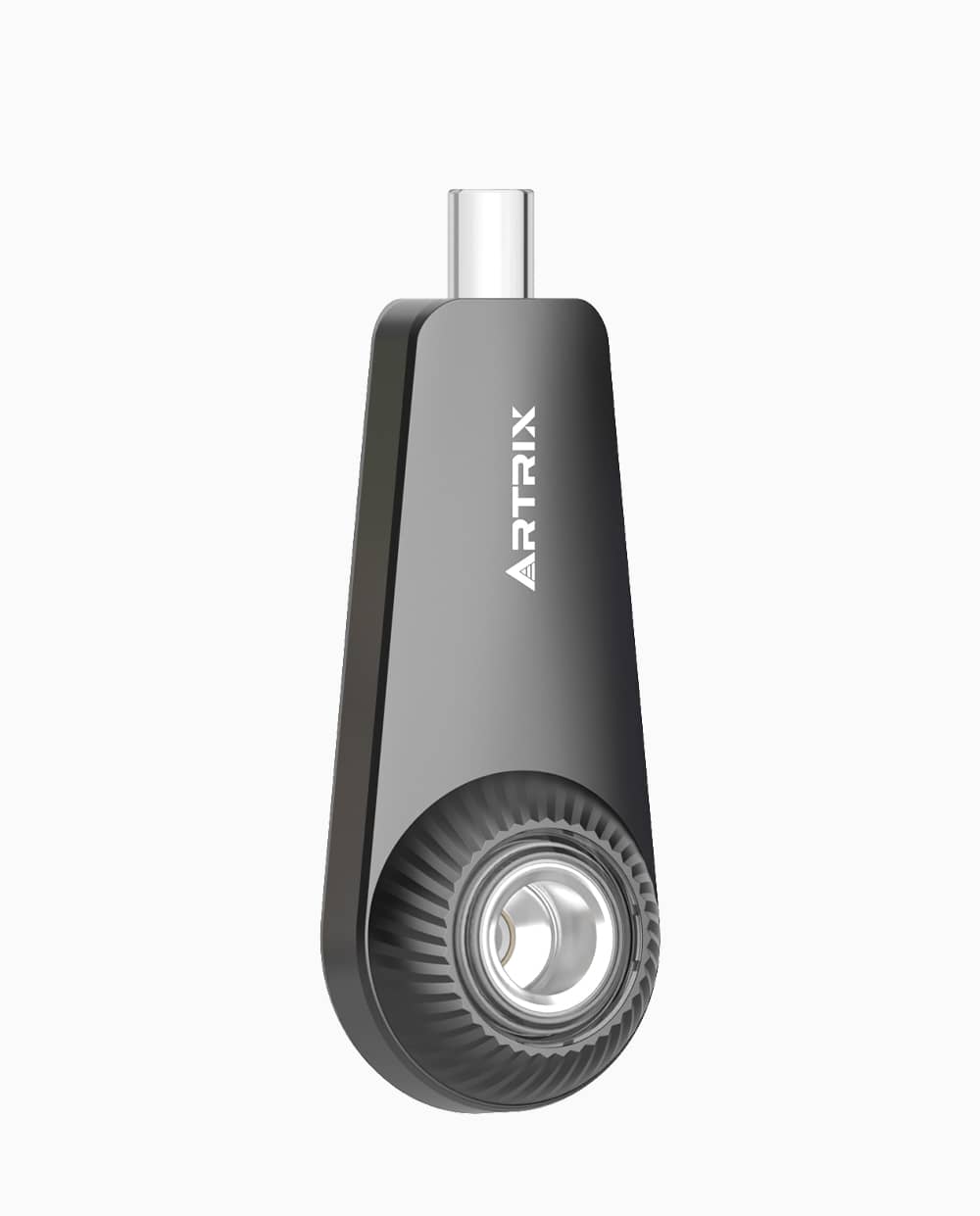

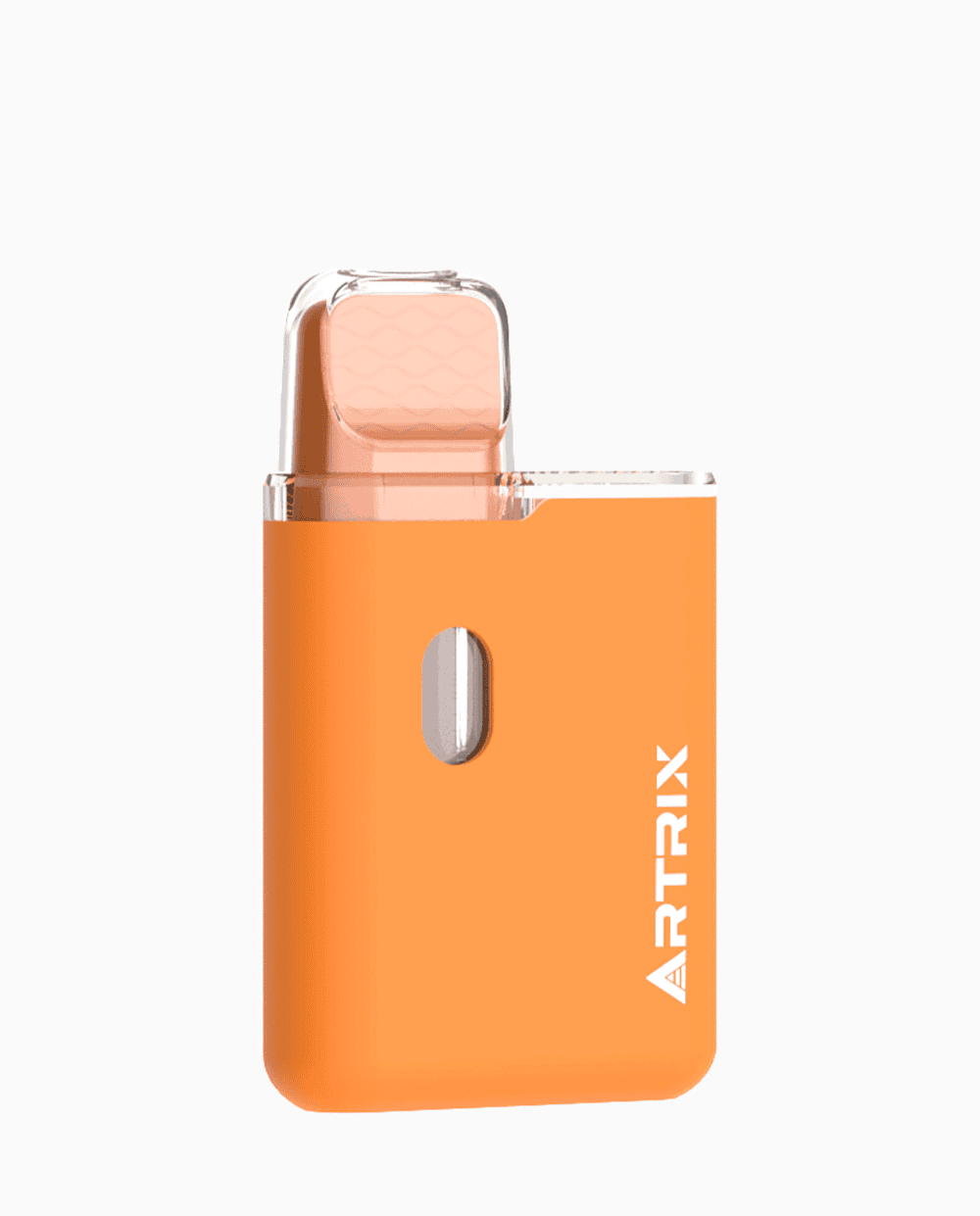
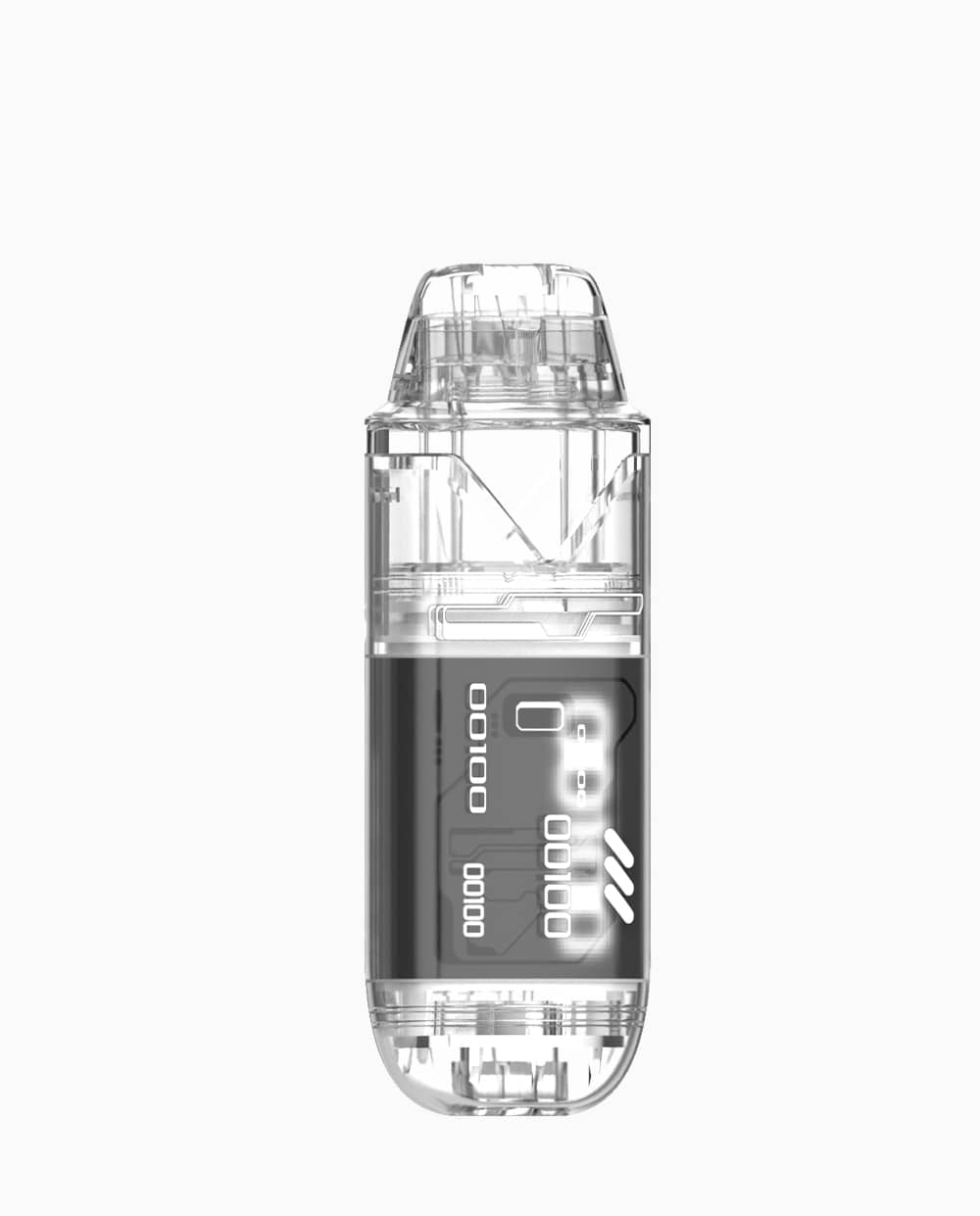
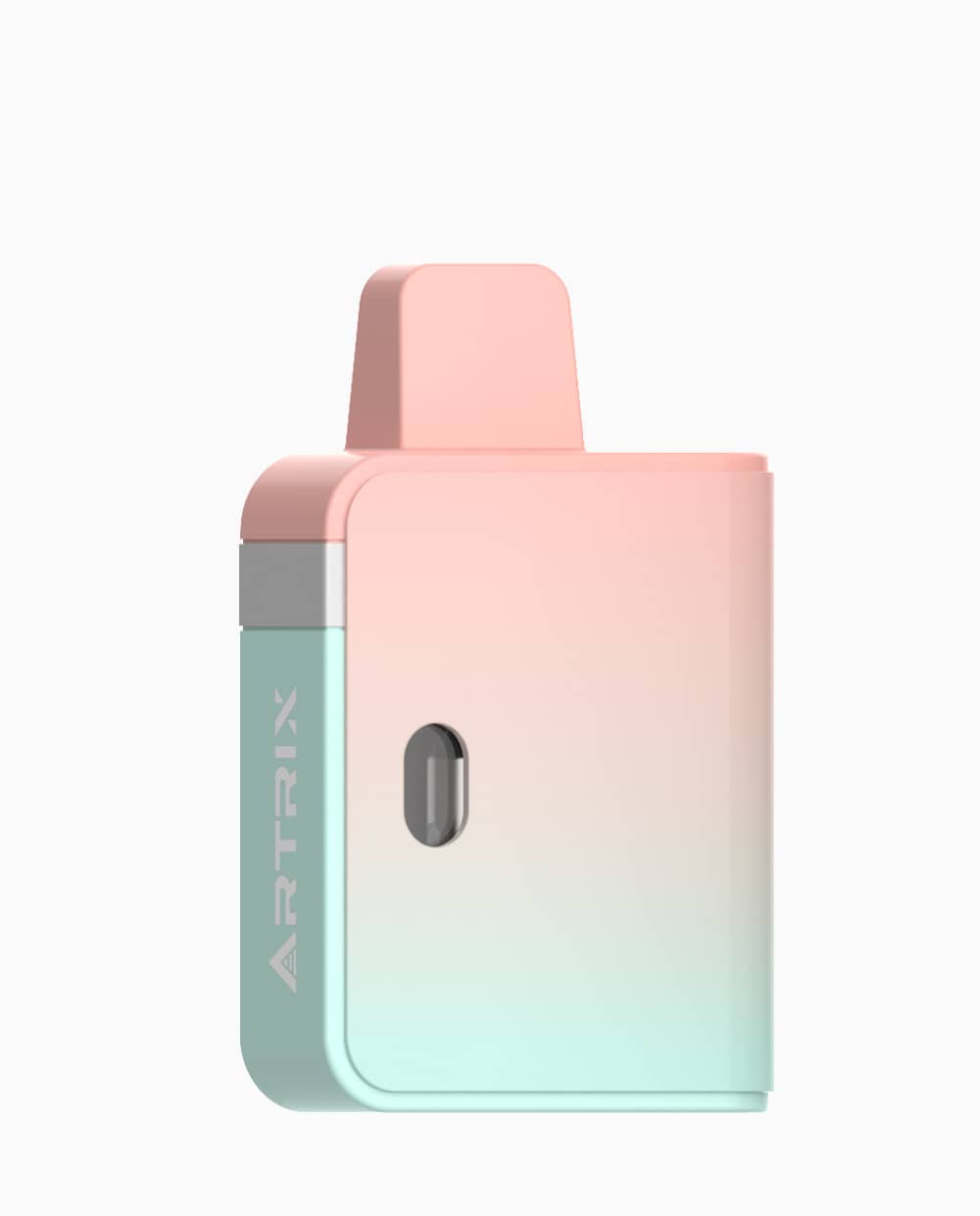


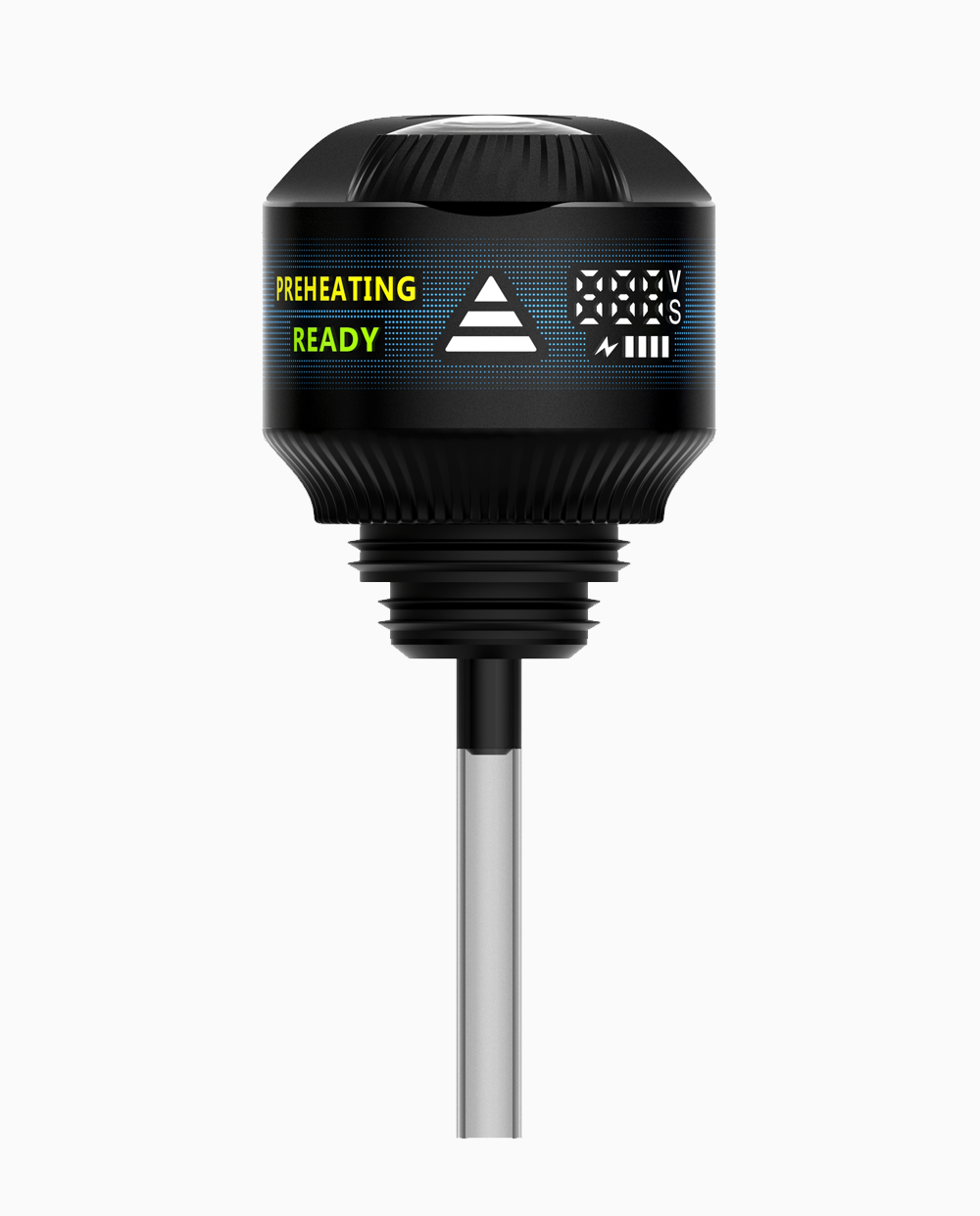
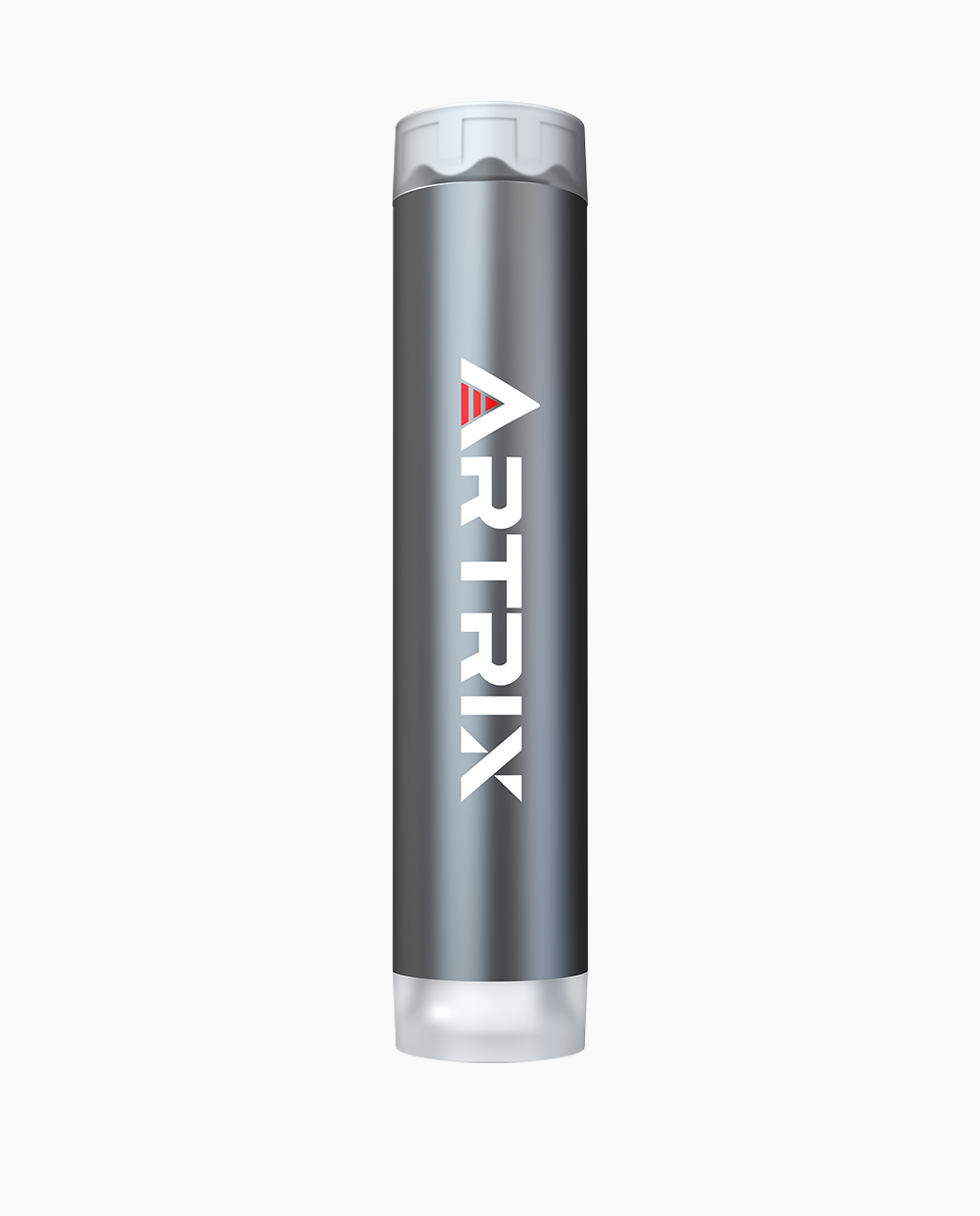

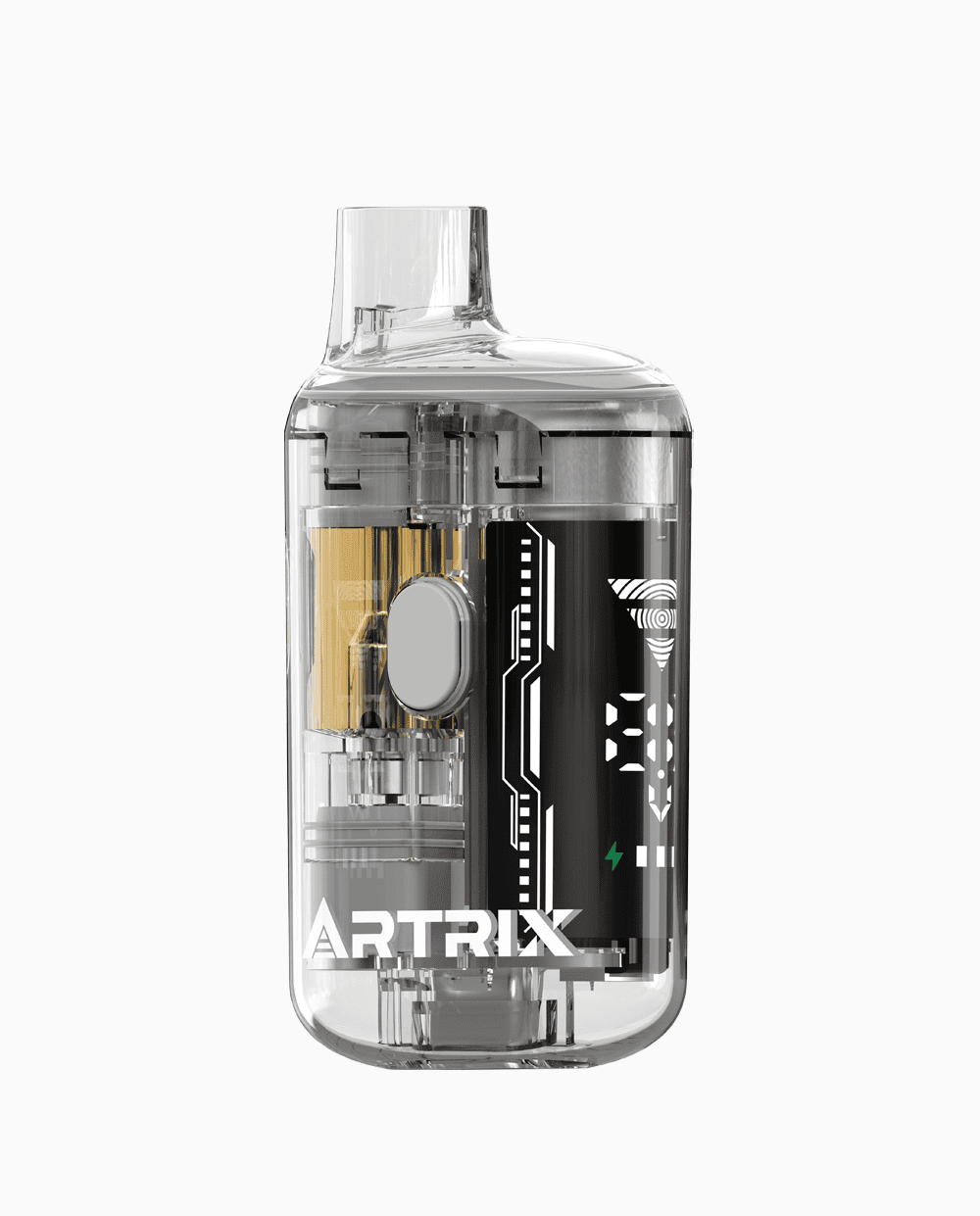
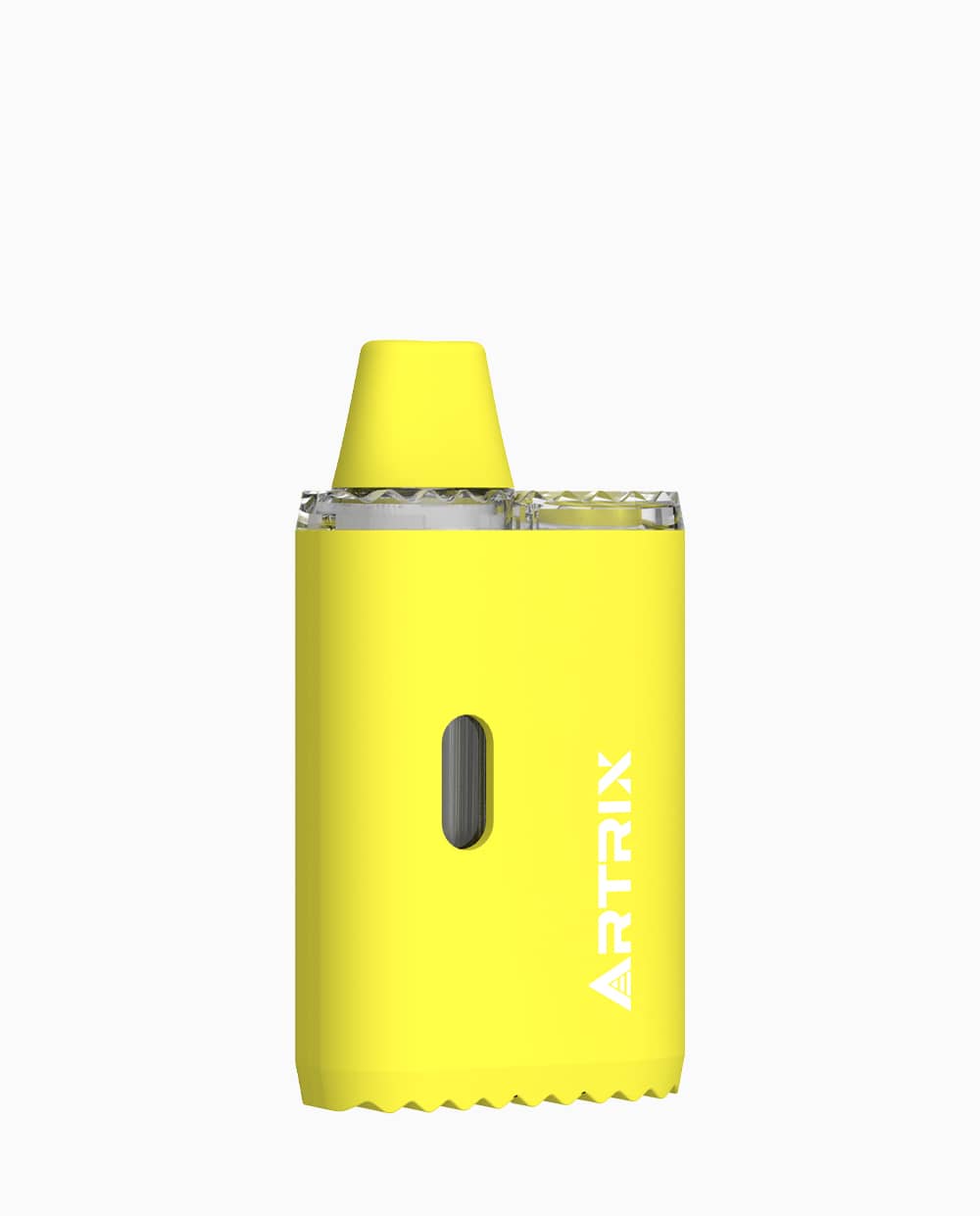

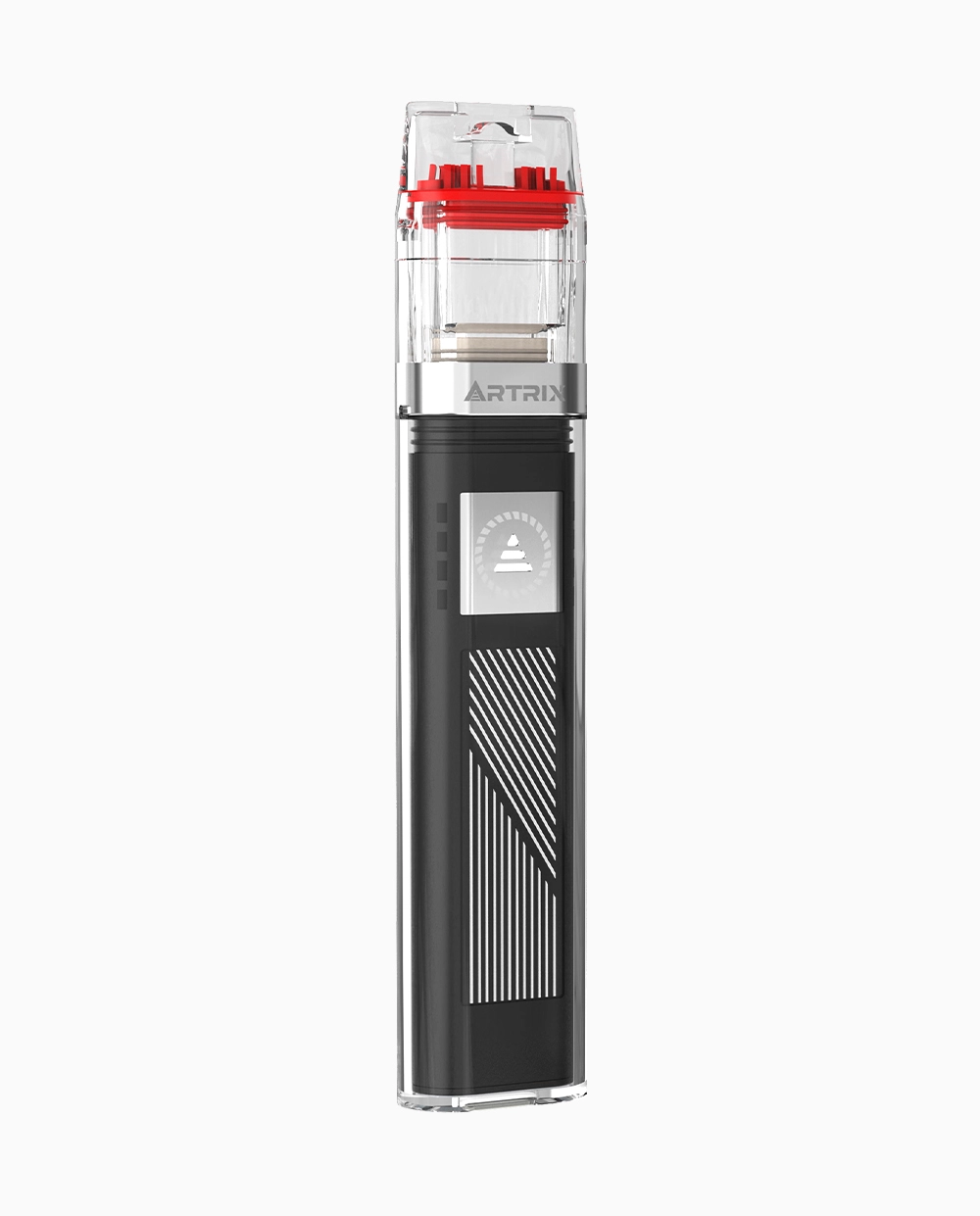

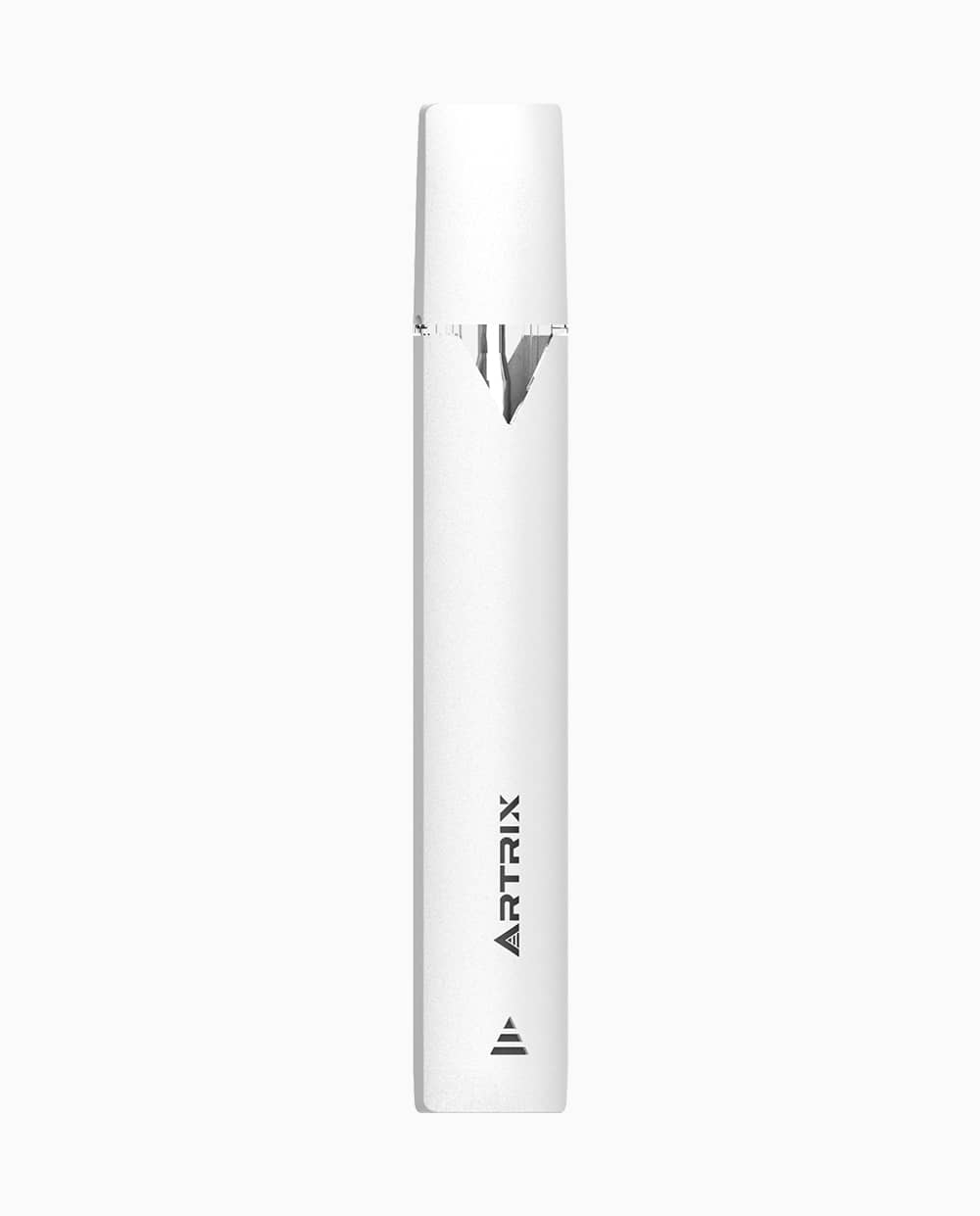
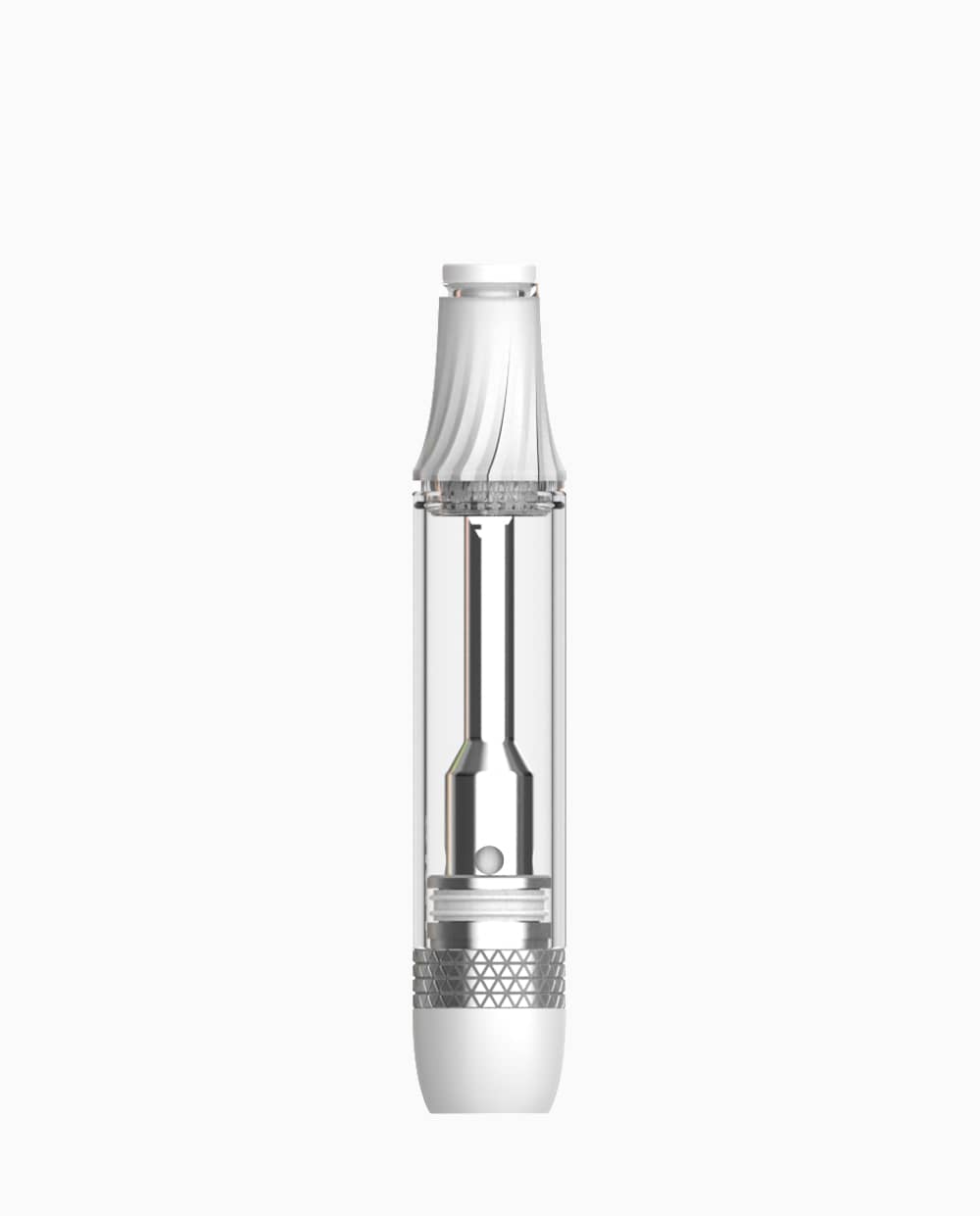

-1.webp)
-1.webp)
-2.webp)
